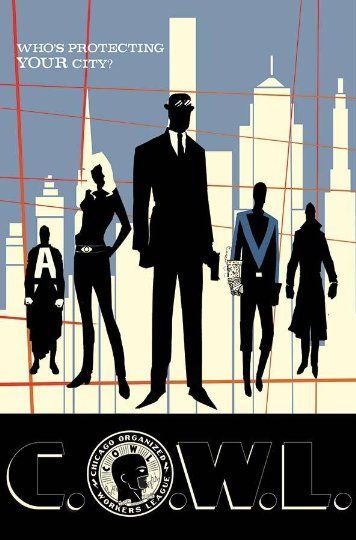What do you think?
Rate this book


136 pages, Paperback
First published August 1, 2014








More reviews (and no fluff) on the blog http://surrealtalvi.wordpress.com/
C.O.W.L. has all the right assets: moody art, interesting milieu, complicated story, writing with depth and intelligence. And yet, the sum of the parts never created a unique piece; the ideas underlining so much of this had been done before (and, if I am to be honest, better). I really wanted to love C.O.W.L. but I just didn't and yet I feel like I am doing a great disservice to the author/illustrator as a result.